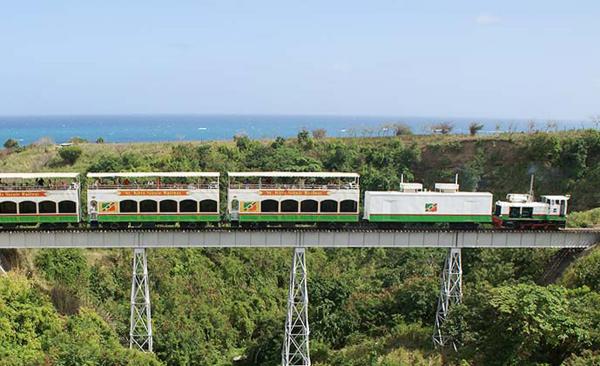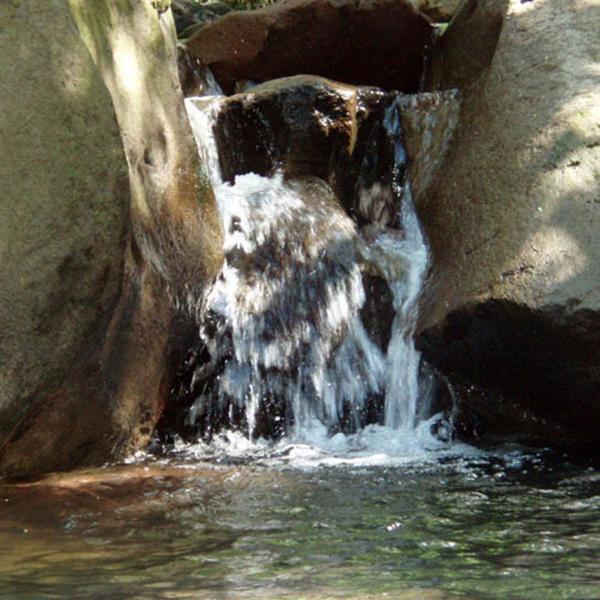If you’re looking for a holiday destination that effortlessly combines sun, beach and history, then the Caribbean island of St Kitts fits the bill. The 15th Century was when European settlers came ashore to St Kitts and its location made it a critical landmass during the struggle for the West Indies. The culture that is felt on the island today is a melting pot of historical events and various colonisations over the years – creating a singular island that is brimming with natural treasures. Here are just some of the best historical sites that you should stop by while on a visit.
Old Treasury Building and National Museum

Probably one of the best places to start your historic tour of St Kitts is the National Museum. Located in what is the Old Treasury Building in Basseterre, its historic collection deals with colonial and sugar history, the road to independence, and local lifestyle and traditions.
Fairview Great House & Botanical Gardens

Dating back 300 years, the Fairview Great House and Botanical Gardens is a prime example of 18th Century colonial architecture. Built entirely from wood, the original resident was a French military commander and over the years the residence has been used as a hotel before being restored to its former glory just after the millennium.
Inside, visitors can wander through the dining room with its sixteen seat mahogany dinner table and antique silver service. In the surrounding area you’ll find the cobbled courtyard, which is home to the original kitchen with its volcanic stone and brick oven – as well as the original bathroom with its large sun-warmed volcanic stone bath. Complete your tour with a stroll into the Botanic Gardens that is home to flowers, tropical fruit trees, – and monkeys!
Independence Square
Found in the capital of Basseterre near Porte Zante, Independence Square is the historic administrative, commercial and social hub of the island. Originally named Pall Mall Square by European settlers, its name was changed following the country’s independence on September 19th, 1983.
The St. Kitts Scenic Railway Ltd.

The St. Kitts Scenic Railway Ltd. is one of the few remaining operational rail tracks in the Caribbean. Originally it was built in the early 20th Century to modernise the sugar industry, but today it is one of the most scenic ways to admire St Kitts organic landscape.
Brimstone Hill Fortress National Park

Constructed intermittently over 104 years between the 1690s and 1790s, Brimstone Hill Fortress National Park stands at 800 feet high with steep and precipitous slopes that are prominently built from rock and held together by hand-made limestone cement. Its location provided the British military with an unbeatable lookout over Sandy Point and the neighbouring Caribbean islands – and the view remains as spectacular today as it was back then. Brimstone Hill has been awarded the UNESCO World Heritage Site of historical, cultural and architectural significance.
Old Road Town

It was here in 1624 that Sir Thomas Warner (along with his family and 14 of his friends) began the first permanent British settlement of the Leeward Islands. The Warner Family Estate was the original capital of St Kitts, and rather than sugar cane it was actually tobacco that has been the supporting industry for the settlement during its inception.
Romney Manor
The Romney Manor has changed many hands over the years and as a result has an invigorating history. The grounds themselves are believed to have been the site where Tegereman, the Carib Indian Chief, built his village. When the Manor was built, the original owner was a young settler named Sam Jefferson II – rumoured to have been the great-great-great grandfather of Thomas Jefferson, one of the American Founding Fathers. Then in the early 17th Century, the building was renamed Romney Manor, and became the first estate in St Kitts to emancipate its slaves. On site sits a 350-year-old saman tree, which Is one of the island’s unique wedding locations.
Wingfield River and Water Works

Former sugar plantations are not hard to come by in St Kitts, but Wingfield was the one of the very few to use water to power its operations. Among the ruins you’ll find the distinctive aqueduct – a unique architectural feature on the island and found only at Wingfield Estate Yard. The estate is only a three minute walk from Romney Manor and it’s from here that adventurous travellers can zip-line through the St Kitts forest.
Spooner’s Ginnery

The only surviving cotton ginnery on the island, there is archival evidence to suggest that the property belonged to the French Captain Paul De Brissac. The property changed hands to John Spooner in 1720 and was in the family for 100 years before an unstable period of ownership. It was in 1876 that Solomon Wade purchased the property and turned into the cotton ginnery. These days the property is owned by the St Kitts Government and is a major example of an historic agro-industrial complex.
La Guerite Reservoir

Most historical sites in St Kitts have Aglo names hinting at the British colonisation of the island. However, the French also have a long history in St Kitts, which includes the sharing of the island by both the British and the French, albeit for a very short time. The La Guerite Reservoir still serves the town of Basseterre but has become a historic landmark for its architectural entrance. The wall at the entrance is part of the original building and believed to be built around 1869.

